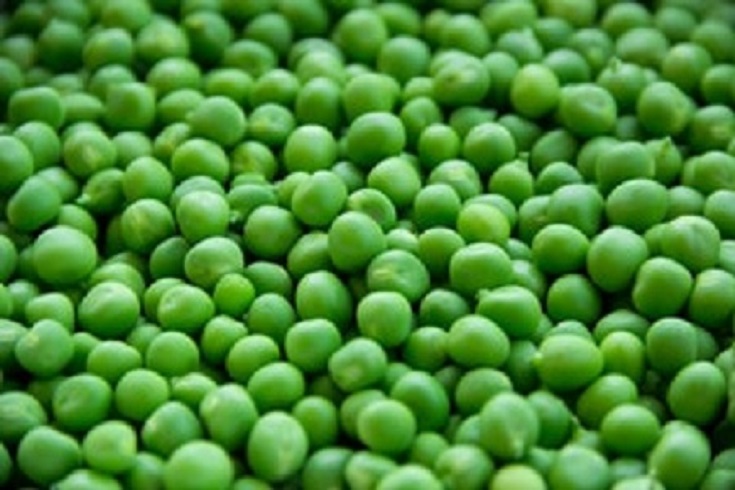Despite efforts to educate parents and children about the benefits of healthy eating through government and health service campaigns (e.g. 5 A Day, Change 4 Life, Healthy Start), fewer than one in 10 British children meet recommended levels of fruit and vegetable consumption. The intake of green vegetables is especially low during the preschool years.
Part of the difficulty in encouraging healthy eating is that children prefer to eat foods that are familiar to them and that they like, rather than foods they know to be healthy. Recent research has therefore explored ways to directly influence young children’s liking of healthy foods by manipulating the food’s familiarity.
Numerous studies have shown that providing frequent opportunities to taste a food increases children’s liking and consumption of the food. However, while repeated taste exposure is an effective strategy, it requires considerable determination to administer. While 10 to 15 tastes may be needed before a food is accepted, parents typically give up after their child has rejected a food three to five times. Our research explores whether there are other ways that foods can be made more familiar, that are easier for parents, but still effective in increasing intake of healthy foods.
Objectives
To establish whether familiarising young children with healthy foods through picture books before they are offered the foods to taste supports parents in introducing the food into their child’s diet.
Outcomes and Impact
Research at the University of Reading has found that increasing a food’s visual familiarity before it is offered at mealtimes can increase children’s willingness to taste the food, and their liking and intake of the food when they do taste it. In most of our studies, parents and toddlers are asked to look at a picture book about one or more fruit and vegetables for a few minutes every day for a fortnight. After this, children’s intake and liking of the targeted food(s) is compared against a control group. One recent study (Owen et al., 2018) showed that children’s intake and liking of vegetables was significantly greater if they had looked at a book about the vegetable before parents introduced the food at home, with effects lasting for at least several months. Parents also reported that introducing new or disliked vegetables was easier and more enjoyable for them if their child had seen a book about the food beforehand.
This work has established picture books as a useful tool in the promotion of healthy eating, ready to be shared with parents of preschool children. The next step in this programme of research is to communicate the benefits of visual familiarisation techniques to parents, and to develop materials and tools that they can use to bring about positive changes in children’s diets on a wider scale.
You can read the University of Reading’s press release on this story here.
Key university staff
Professor Carmel Houston-Price, Professor of Language & Cognitive Development, School of Psychology & Clinical Language Sciences
Professor Orla Kennedy, Professor of Public Health Nutrition, Department of Food & Nutritional Sciences, and Teaching & Learning Dean
Dr Claire Hill, Postdoctoral Research Fellow, School of Psychology & Clinical Language Sciences
Dr Natalie Masento, Senior Research Fellow, School of Psychology & Clinical Language Sciences
Related Publications
Owen, L. H., Kennedy, O. B., Hill, C. and Houston-Price, C. (2018) Peas, please! Food familiarization though picture books helps parents introduce vegetables into preschoolers’ diets. Appetite, 128. pp. 32-43. ISSN 0195-6663 doi: https://doi.org/10.1016/j.appet.2018.05.140
Mura Paroche, M., Caton, S. J., Vereijken, C. M. J. L., Weenen, H. and Houston-Price, C. (2017) How infants and young children learn about food: a systematic review. Frontiers in Psychology, 8. 1046. ISSN 1664-1078 doi: https://doi.org/10.3389/fpsyg.2017.01046
Dazeley, P. and Houston-Price, C. (2015) Exposure to foods’ non-taste sensory properties: a nursery intervention to increase children’s willingness to try fruit and vegetables. Appetite, 84. pp. 1-6. ISSN 0195-6663 doi: https://doi.org/10.1016/j.appet.2014.08.040
Heath, P., Houston-Price, C. and Kennedy, O. B. (2014) Let’s look at leeks! Picture books increase toddlers’ willingness to look at, taste and consume unfamiliar vegetables. Frontiers in Psychology, 5 (191). pp. 1-11. ISSN 1664-1078 doi: https://doi.org/10.3389/fpsyg.2014.00191

